This Friday, Cuban Culture Day, has been chosen for the launch of the Baracoa Inspiration Menu of the Fangio Habana Restaurant, at the Claxon Hotel Boutique. It is a menu that preserves the recipes that have already proven their success among diners and incorporates new ones, based on the rich culinary tradition of the First City of Cuba, re-elaborated by Spanish chef Sergio Hernández on a recent trip to that region.
For the event, which began at 7:30 p.m., a tasting of dishes was planned, a performance by the Rosario Cárdenas Company, a fashion show with designs by José Luis González Fuentes, and a performance by trombonist Eduardo Sandoval, which took place on the rooftop of the hotel, a privileged place from where you have a splendid view of the emblematic Paseo Street.
Among the dishes that attendees were given to try, the enchilada Maguana Lobster, the Octopus a feira Guantanamera, the Pesca Baracoa, the Carrillera Boca de Quibiján and the Cucurucho Baracoa stand out.
Chef Sergio Hernández studied at the prestigious Swiss school Le Roches, an endorsement that made it possible for him to work in some of the most renowned Spanish restaurants, three of them awarded with Michelin Stars, such as Celler de Can Roca and Mugaritz. For three years he has been the owner of the Madrid restaurant Curries&Callos, focused on fine dining. According to his presentation note, this master “has developed incredible blends that combine Mediterranean cuisine with Southeast Asian flavors and, at the same time, incorporate local ingredients.”
We went to him to find out details of his encounter with regional Cuban cuisine.
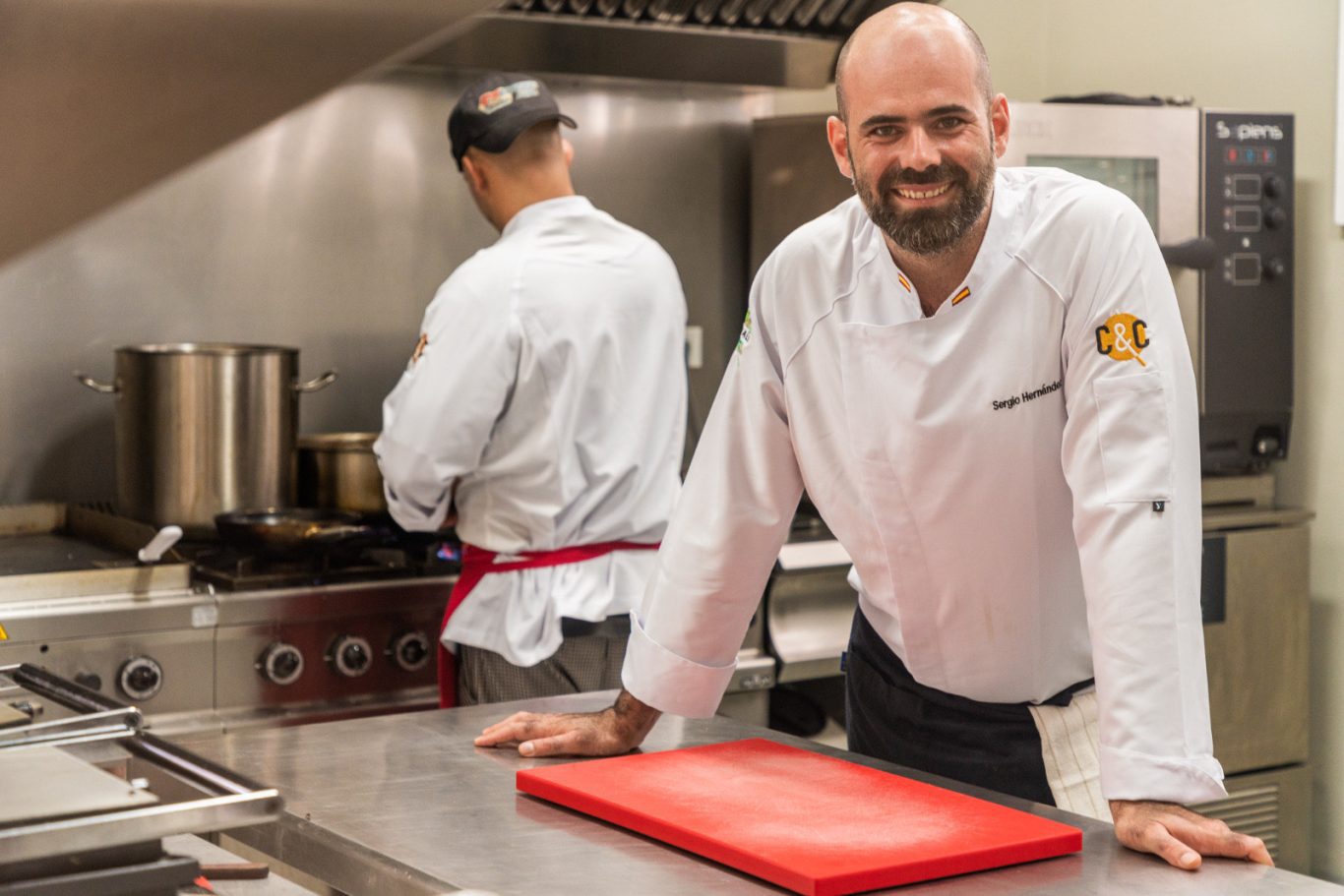
Is Claxon’s the first restaurant to welcome you here?
I arrived in Havana in February 2022. And yes, Claxon was the reason I came and the only place I advise in Cuba. From the first moment I saw the city, its people and its culture, I fell in love.
Before you arrived, what idea did you have of Cuban cuisine? Has this notion changed over time?
The truth is that in Spain not all of the gastronomy of this country is known. Basically, we talk about Cuban-style rice, which is a version of what is made here. There was a Cuban restaurant in Madrid that served lobster in almost all types of cooking, but it had no more information.
Since my arrival I was surprised by the richness of Cuban gastronomy; it had nothing to do with what I imagined. I continue studying and learning it, and we base our menu on it, which proposes a fusion of Mediterranean cuisine with Cuban products.
I took a very big step when I met my partner’s family, all of them born in eastern Cuba; more specifically in Baracoa and Maisí. When I visited, I began to try other types of preparations and products that until then were unknown to me.

What did your visit to Baracoa mean, from a professional point of view? What was most attractive to you about the gastronomy of that place? Did you know about the tetí, the bacán, the coconut and honey cone?
My trip there revolutionized the whole idea I had of Cuban cuisine. From the culinary products themselves to the way of cooking them.
What struck me the most is that in Baracoa the product is always fresh; it is generally based on the catch of the day. It is a small community with a great spirit of cooperation. This way they can manage all their products so that they arrive fresh. For example, in Maisí we went to a restaurant that kept the lobsters in the sea itself, inside artisanal pools made with stones, so you could choose the one you liked the most; and they killed it and cut it up in front of you.
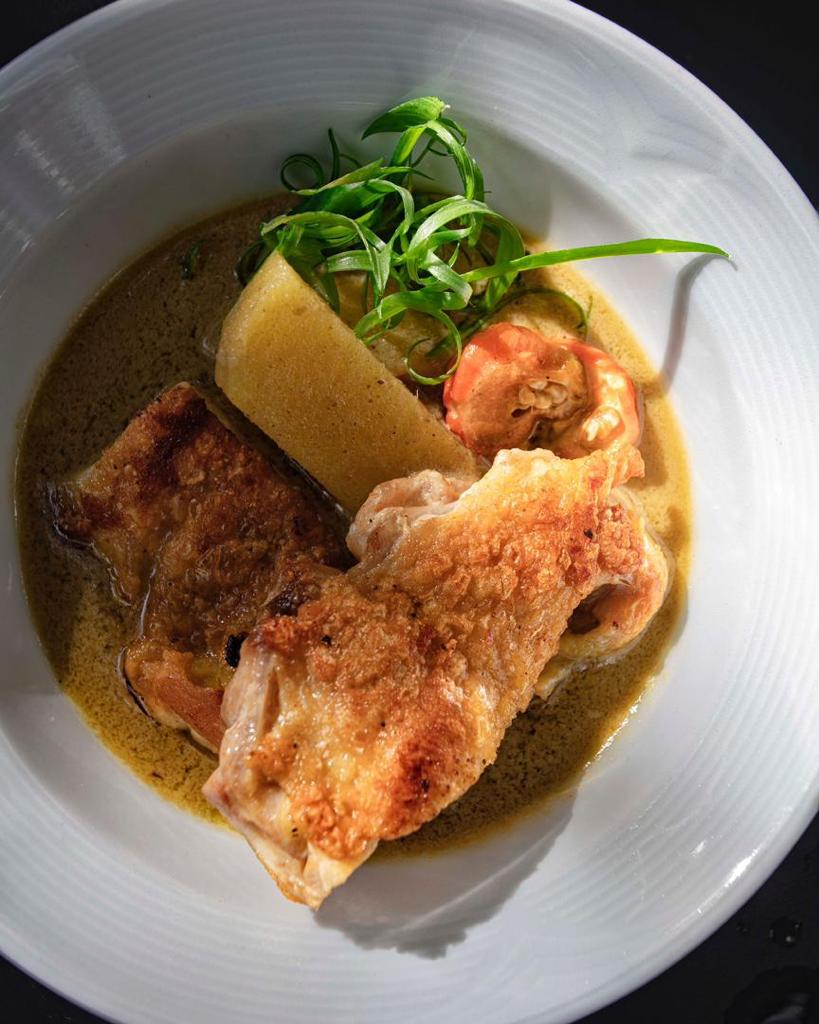
I had heard about various products and recipes from that eastern region, but had never seen or tried them. Beyond the tetí, the bacán and the coconut cones, I discovered other products that surprised me, such as guapen1 (for me, the Cuban potato), cocoa, which is made in each house in its own way, and everyone offers you some; and the passion for roasting each one’s coffee. I can’t get the smell of roasted coffee on the town’s streets out of my head, walking with my coconut cone. In addition to the use of cocoa in different versions, homemade stews, in which it is the base, apart from garlic and cachucha chili. This reminded me of one of my favorite restaurants, where I worked, that used cocoa a lot to flavor and texture sauces.
What are the new features to highlight in the Baracoa Inspiration Menu?
We have tried to recreate my experience in the family homes, to reminisce about the food we ate there. Suddenly I relived an experience from Spain: the celebrations revolve around food; even more so than around drinking. In each house we went we tried the best recipes of each family member or friend. There are several houses that marked me; I salivate every time I remember them.
Among our novelties I would highlight the Bahía Miel Escabeche, a reinterpretation of a fish with lemon and vinegar that a family member made for us.
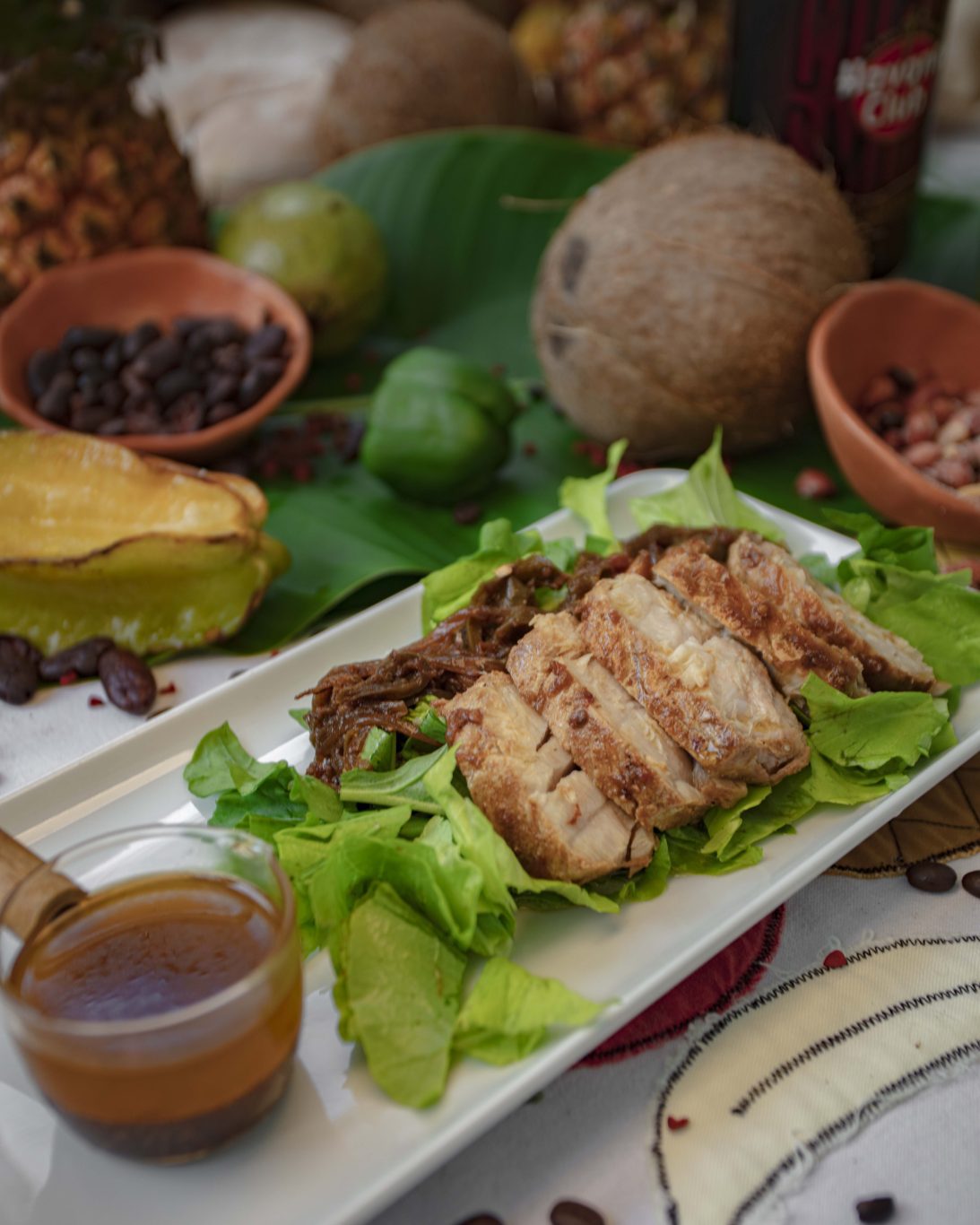
Another is Pesca Baracoa, a white fish confit in coconut milk, which I consider one of the best dishes I have ever tried, and which has allowed me to make a fusion with Mediterranean touches in the marinade and garnish, but always respecting its essence.
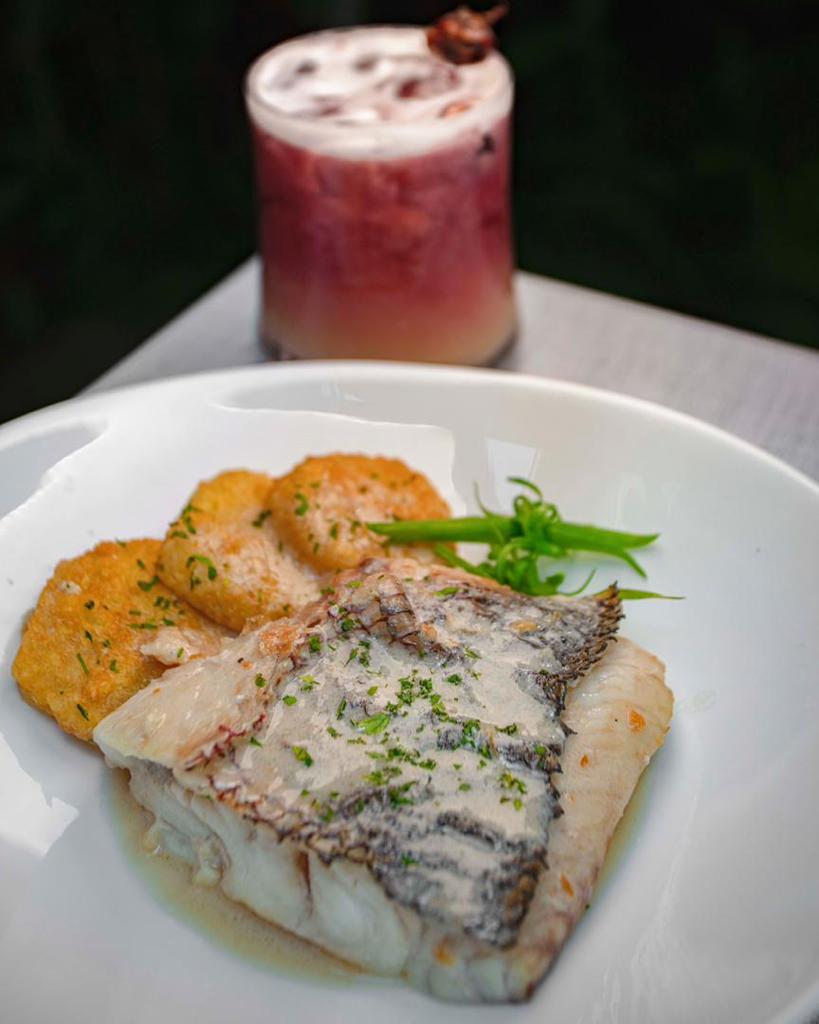
Also the Yumurí Lamb. It is a stew based on peanuts, in different textures, that Aunt Hilca made for us.
Those are the dishes I have a predilection for, although the entire menu in one way or another has touches of recipes or products from the that region.
Do you know that Baracoa’s is probably the most Caribbean Cuban cuisine? The use of coconut milk as an ingredient, within the Cuban archipelago, is located almost exclusively in that place. Do you plan to use it in your future culinary creations?
Yes, it was one of the things that was clear to me when I started my trip to the eastern region, but it exceeded my expectations. We will certainly use coconut milk more from now on. We already used it in a signature dish of the house, which is a green curry; now we are developing another novelty in this dish, and it is a Cuban curry based on cachucha chili and fresh coconut. By having fresh coconut from the that region, our milk has considerably improved in texture and flavor. We have just introduced Baracoa Fish, confit in infused coconut milk, and our version of the coconut cone.
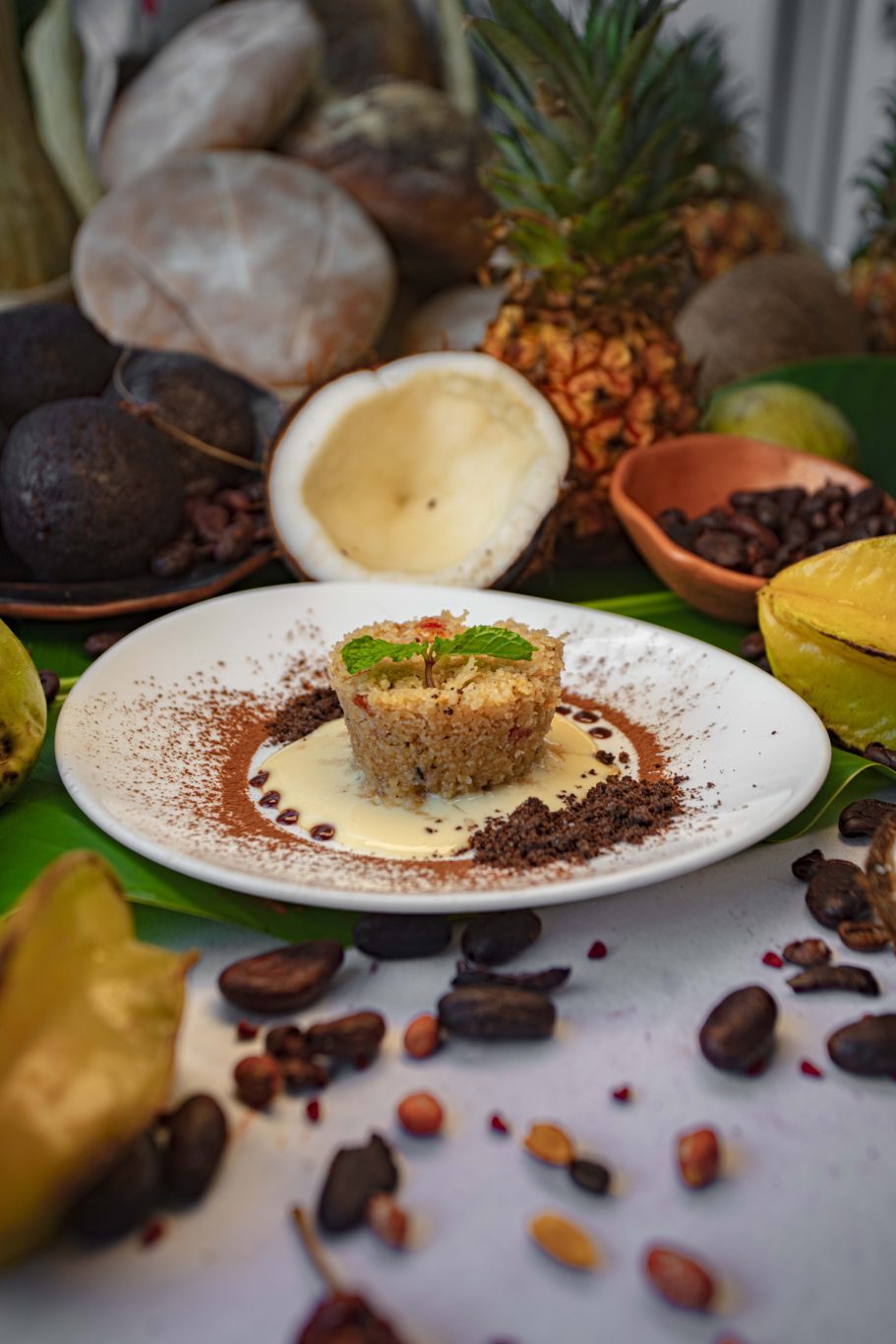
Will the new menu also include Baracoa cocktails?
It’s the idea. We are starting to work on it, but it will follow the launch of the menu. At the moment, we are testing coconut water and milk and pure cocoa, to develop a cocktail that is a version of the Negroni.
This is the beginning of an investigation, and over the coming weeks many more ideas will emerge that we consider good for our space.
Does introducing dishes and culinary procedures from that area of eastern Cuba into Claxon’s menu represent an experience that ends in itself or is it the beginning of an exploration of the different regional cuisines of the country? If it were the latter, what would be the next territories to explore?
I want this to be just the beginning of a work on Cuban cuisine and, specifically, cuisine from the eastern region, about which I plan to continue researching. We will continue testing new recipes with this base.
It is definitely the beginning of the exploration. We started in that region, but this gastronomic and culinary journey will continue, and I am sure that it will continue to bring us very pleasant surprises.
How are the concepts of traditional cuisine and new cuisine harmonized?
It is one of the great dilemmas of avant-garde cuisine. Personally, I try to respect the main ideas of each dish, combining them with slow cooking (very Mediterranean) and the techniques I know.
There are many chefs who attempt to create something new from scratch trying to emulate what Ferran Adriá achieved, but you have to be a genius like him to achieve it. My effort is ambitious, but more modest: I intend not to lose the essence of culinary traditions. That’s why I rely on traditional ideas to try to update them with my methods and enhance their flavors.
What do you tell diners who will face the new menu at the Fangio Habana Restaurant?
Bon appétit.
________________________________________
Note:
1 It refers to the artocarpus altilis or breadfruit









